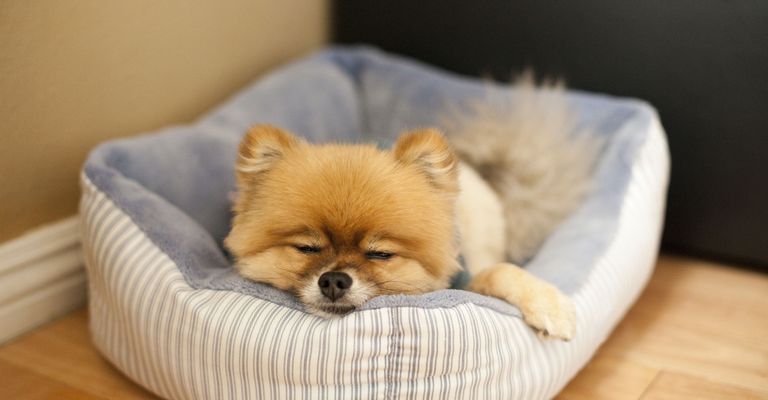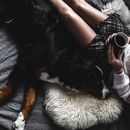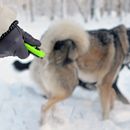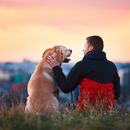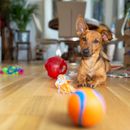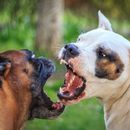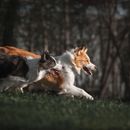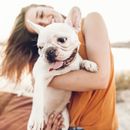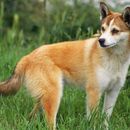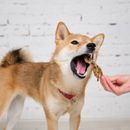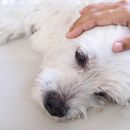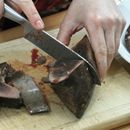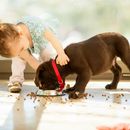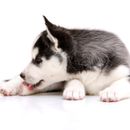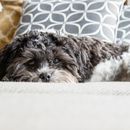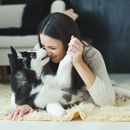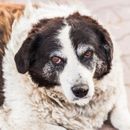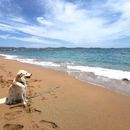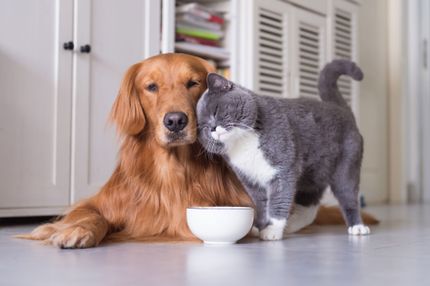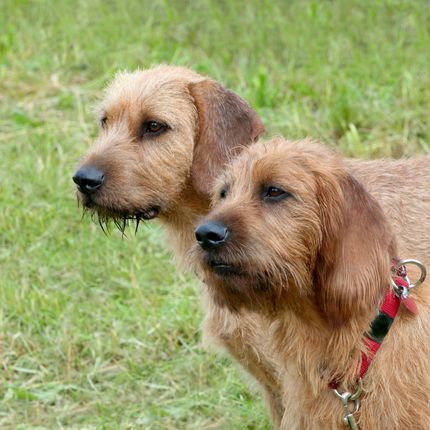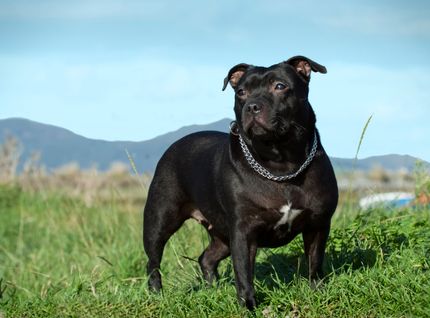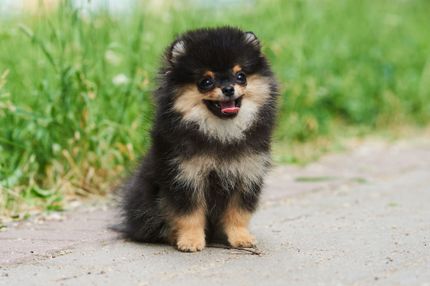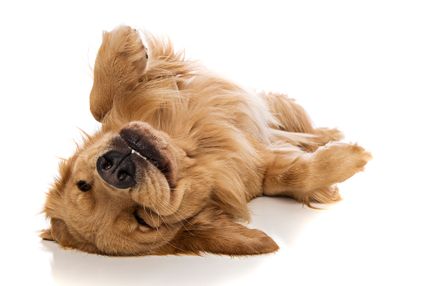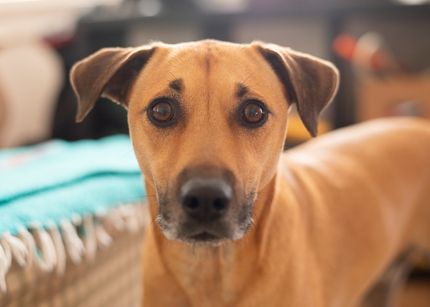Leaving puppies alone
The question of whether a puppy can be left alone and for how long is largely determined by the quality of its upbringing. If the puppy has just moved into its new home, it is strongly recommended that it not be left alone for the first few days, but ideally for the first two to three weeks. So far, the puppy has spent his life together with his siblings and his mother in a pack environment, being together day and night. Therefore, he has never really been alone. After arriving in his new home, he will first need time to get used to the new environment and his human. It is important to remember that in the beginning he will still miss his siblings and his mother. These are considerable changes for your new roommate. In this article the following questions will be clarified:
- At what age can I leave my puppy alone?
- How long can a puppy be left alone at home?
- How can I prepare my puppy to be alone?
- What can I do to alleviate my puppy's separation anxiety?
- How can I keep my puppy occupied when he is alone?
- Should I give my puppy free access to the house when he is alone?
- Is it okay to leave my puppy in a cage when he is alone?
- How can I teach my puppy to stay calm when he is alone?
- Can I leave my puppy alone at night?
- What signs indicate that my puppy is not handling being alone well?
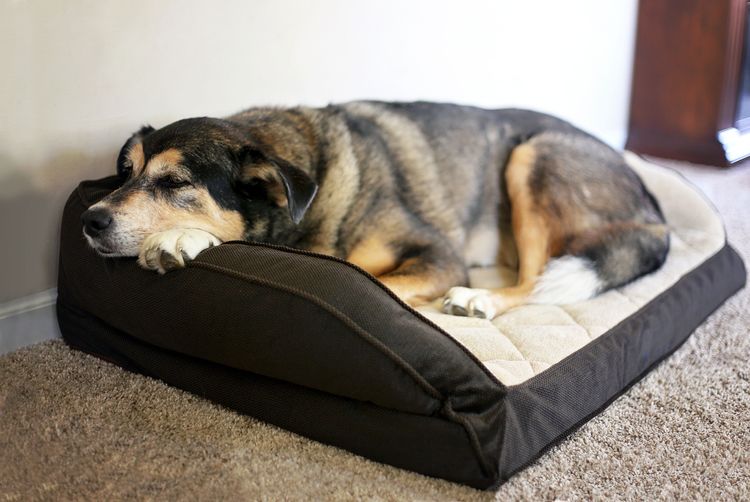
At what age can a puppy be left alone?
A puppy can usually be left alone for short periods of time from about four to five months of age. However, it should be noted that the age at which a puppy can be left alone depends greatly on its individual temperament, development and level of training. In addition, being left alone should be trained gradually and with patience to avoid separation anxiety and stress-related behavior.
How long can a puppy be left alone?
The length of time a puppy can spend alone at home depends primarily on its age. In general, it is recommended that a puppy not be left alone for more than one hour during the first few months of life. For each additional month of life, the time spent alone can be increased by one hour, up to a maximum of four to five hours. However, it is important that this be taken as a guideline and not a hard and fast rule. Each puppy is individual and its ability to be left alone varies greatly. Attention should always be paid to signs of stress or discomfort when a puppy is left alone.
How can I prepare my puppy to be alone?
A puppy can be prepared to be alone by following these steps:
- Familiarizing the environment: the puppy should first be left in a safe, comfortable environment where he feels secure. This may be a room or a confined area in the home.
- Training in small steps: At first, the puppy should be left alone for only a few minutes. This amount of time can then be slowly increased while always watching for signs of stress or discomfort.
- Provision of occupation: Toys or treats should be provided to keep the puppy occupied while the owner is away.
- Avoiding drama at departure and arrival: To avoid separation anxiety, the puppy's departure and return home should be as low-key as possible.
- Consistency and routine: a regular daily routine can provide reassurance and help the puppy cope better with periods of absence.
- Patience and positive reinforcement: patience is important in this process. It is important not to punish the puppy when he has difficulty staying alone, but instead use positive reinforcement to reward good behavior.
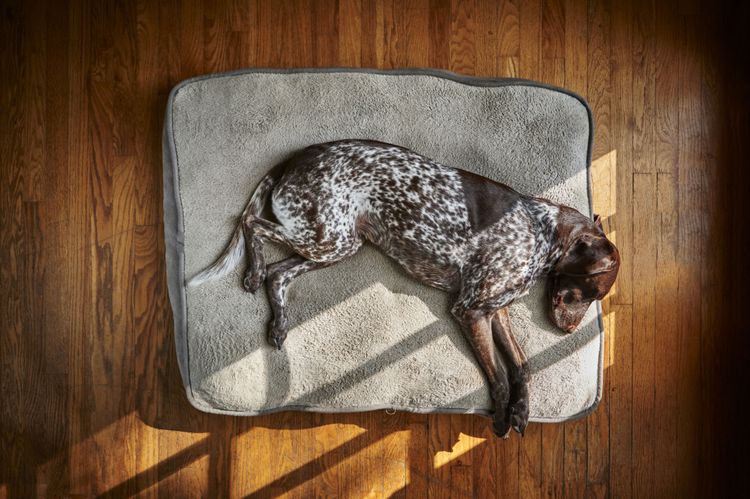
What can I do to alleviate my puppy's separation anxiety?
Relieving a puppy's separation anxiety can be accomplished through several methods. First and foremost is training the puppy to be left alone, which should be done in small, gradual intervals. At first, the puppy should be left alone for only a few minutes, then this time can be gradually increased. Avoiding dramatic goodbyes and overly enthusiastic greetings can also help reduce separation anxiety. Another important way to alleviate separation anxiety is to create a comfortable environment where the puppy feels safe and secure. This can be accomplished by providing toys and comfortable places to sleep. In addition, the puppy should be encouraged to play and engage in independent play. Finally, consulting an animal behavior expert or veterinarian may be helpful if separation anxiety persists despite these measures.
How can I keep my puppy occupied when he is alone?
Several methods can be used to occupy a puppy when he is alone. On the one hand, interactive toys can be provided to challenge the puppy mentally and physically. Chew toys and food toys that can be filled with treats are also a good option. They can keep the puppy occupied for an extended period of time and are also a great way to prevent chewing on unwanted objects. On the other hand, soothing music or background noise can also help calm the puppy and keep him company. It is important to vary the puppy's occupation to avoid boredom.
Should I give my puppy free access to the house when he is alone?
It is generally recommended that a puppy not be given full access to the house when left alone. Since puppies are curious and like to explore, they can easily get into dangerous situations or cause damage if left unsupervised. Therefore, a safe area or room should be created where the puppy can stay while he is alone. This area should be childproof and items that are dangerous or breakable should be removed. Additionally, this area should be comfortable and inviting, with access to water and toys to keep the puppy occupied.
Is it okay to leave my puppy in a cage when he is alone?
Leaving a puppy alone in a cage, often referred to as "crate training," can be an effective way to make the puppy feel safe and secure. However, care should be taken to ensure that the cage is never used as a punishment and that the puppy is comfortable in it. Also, the puppy should not be left in the cage for long periods of time as this can cause stress and discomfort. A cage should be large enough for the puppy to stand, turn around, and stretch out in, and it should be equipped with comfortable blankets and toys.
How can I teach my puppy to stay calm when he is alone?
Teaching a puppy to be calm when alone requires patience and consistent training. First, being alone should be practiced in small increments by first leaving the puppy alone for short periods of time and then gradually increasing that time. Second, positive behavior should be reinforced. If the puppy is calm when left alone, it should be rewarded. Third, creating a pleasant environment can help calm the puppy. This can be accomplished by providing toys, soothing sounds, or music. Finally, maintaining a regular daily routine can be helpful in providing a sense of security and predictability for the puppy.
Can I leave my puppy alone at night?
It is usually possible to leave a puppy alone at night if certain conditions are met. First, the puppy should have a safe, comfortable place to sleep, preferably near the owner's sleeping area. Puppies need to go to the bathroom more often than adult dogs, so it is important that the puppy has a place to go to the bathroom before bedtime and during the night if necessary. It should also be considered that puppies often require several meals per day and may also need to be fed at night. During the first few nights, the puppy may show discomfort or anxiety when left alone. Therefore, it is important to be patient and give the puppy time to adjust to the new situation.
What signs indicate that my puppy is not handling being alone well?
There are several signs that may indicate that a puppy is having difficulty being alone. These include excessive barking or howling, destroying objects, uncleanliness, self-harm, increased aggression, or excessive attachment. The puppy may also show signs of stress or anxiety, such as excessive licking or chewing, hiding or shaking. Some puppies may also exhibit behavioral changes, such as loss of appetite or excessive sleeping. It is important to watch for these signs and take appropriate steps to help the puppy feel more comfortable being alone. This may include consulting a veterinarian or animal behavior expert.
